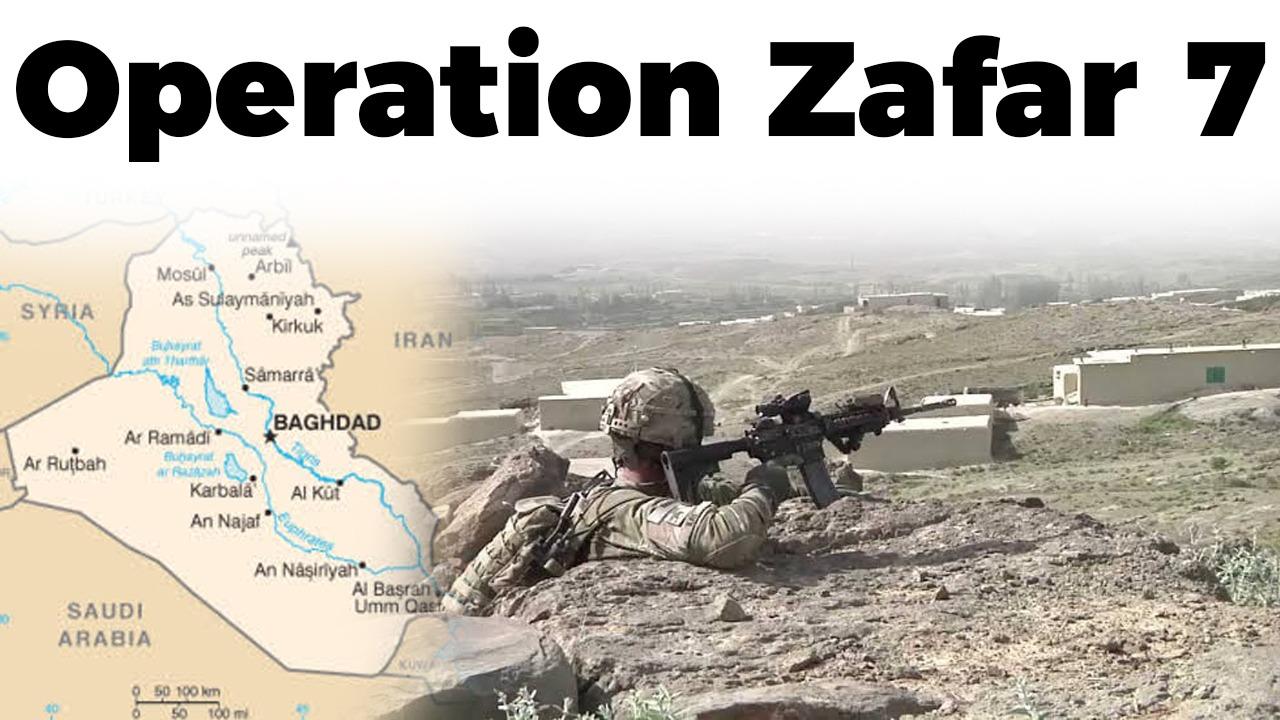Table of Contents
BACKGROUND
- After Iran’s failure to capture Basra during the sixth Battle of Basra (Operation Karbala-5), Iran’s military entered a period of self-reflection, and possible decline.
- Iran was unable to penetrate the massive Iraqi defenses. Meanwhile, Iraq for the time being remained unable to drive the Iranians back, but they had begun to re-arm with the help of friendly nations and foreign allies, and were practicing maneuvers in preparation for the upcoming operations against the Iranians.
- By 1988, Iraq grossly outnumbered Iran in men and military hardware. Nevertheless, Iranian commanders remained skilled and adept.
BACKGROUND
- Nevertheless, they were unable to capture cities in central and southern Iraq due to a combination of poor logistics, shortages of armor, and Iraqi firepower.
- Iran’s leadership also announced that they would arm and support opposition groups inside of Iraq. One of those opponents was the Peshmerga the Kurdistan resistance force, which primarily launch limited offensives of their own.
- Iran had launched multiple attacks starting from late 1987 to early 1988. They were supported by the Peshmerga, which they helped and gave supplies to.
BACKGROUND
- Saddam Hussein ordered the Al-Anfal Campaign, resulting in as many as 50,000 rebels and civilians murdered.
- The Al-Anfal campaign was led by Saddam’s deputy Ali Hassan al-Majid, infamously known as “Chemical Ali” due to his use of poison gas.
ATTACK
- The Iranians struck south-east of Sulaymaniyah where they easily defeated most of the Iraqi defenders because Saddam Hussein left them to defend even the most exposed positions.
- After the Iranians had defeated the Iraqi forces at the front lines, they advanced quickly. However, the Iraqis launched a counter-attack during the Iranian advance.
- The Iraqi soldiers involved in the counter-attack were ambushed by the Iranians and most Iraqi troops were killed. Victory seemed to be in the hands of Iranians as they reached Sulaymaniyah but they failed to capture it.
AFTERMATH
- The Iraqi counter-attack was a disaster for the Kurds. Saddam responded with a chemical gas attack on Halabja.
- The Halabja poison gas attack occurred in the period 15–19 March 1988 during the Iran–Iraq War when chemical weapons were used by the Iraqi government forces on the Iraqi Kurdish town of Halabja (population 80,000).
- This was separate from the al-Anfal Campaign but both were considered acts of genocide.
World History | Free PDF























 WhatsApp
WhatsApp